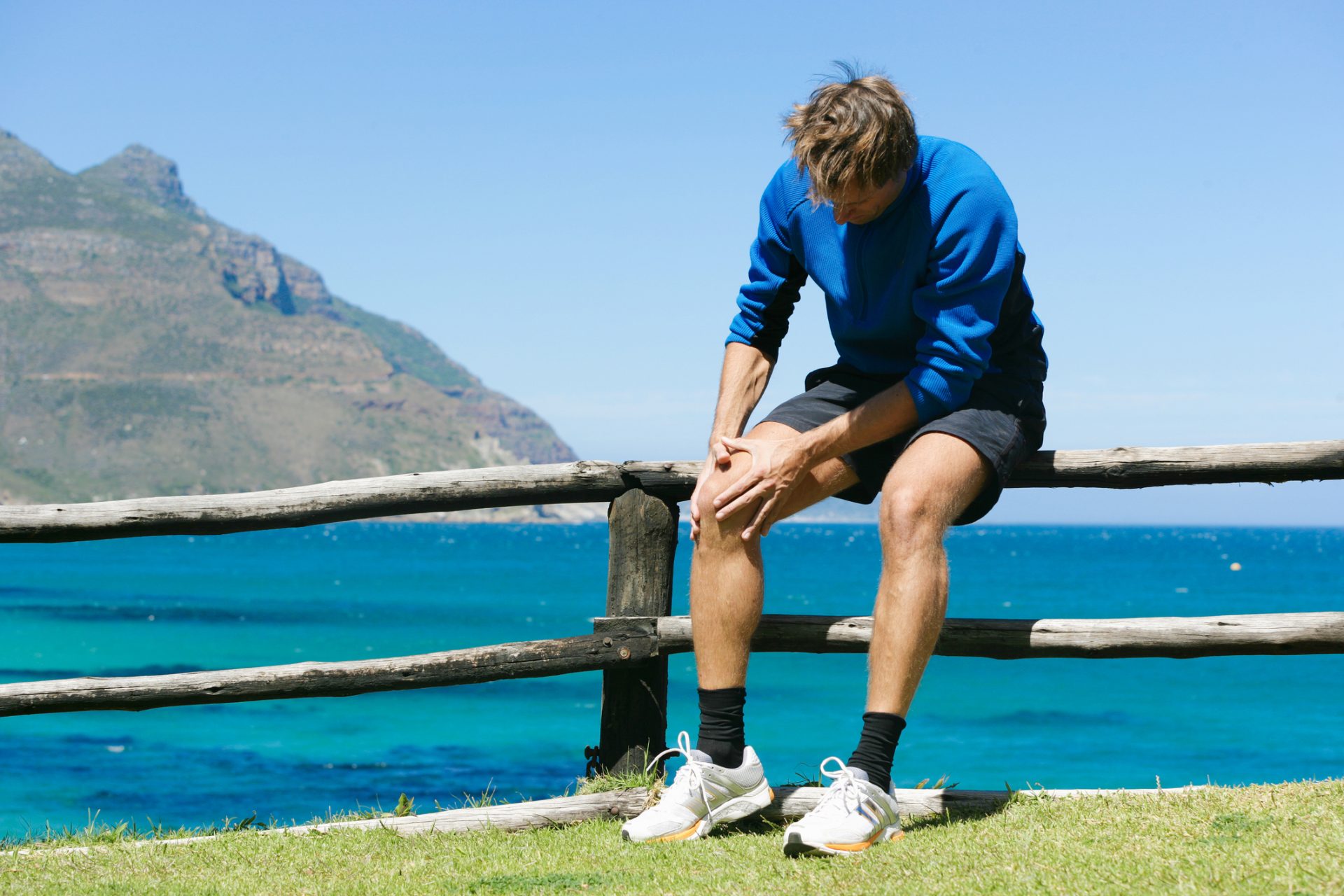After all the countless hours you’ve spent in the gym and on the track, the thirst to get back out there with your teammates or back into individual competition would be high. I’m sure you’ve wondered why your physio has held you back from getting that important tick of approval to return to play (RTP).
Well let me give you an insight into our decision making process when it gets to this stage of your rehab plan
Firstly and possibly most importantly, we ensure that the injured area has healed appropriately based on standard healing times. For example, we know a broken bone usually takes around 6 weeks to heal, so RTP would definitely not be safe before this timeframe.
Next, we look at the body symmetry of important objective measures. Strength, flexibility and joint control are all important factors that should be as close to pre-injury baseline as possible. When a physio doesn’t have the information to your baseline measurements, they will often compare to your uninjured side to get a rough idea.
Thirdly, the physical requirements of your sport must match up to your current physical capacity. For example, AFL football requires components such as high speed and endurance running, agility, jumping and landing and power when being tackled or knocked off the ball. It is important that all components have been ticked off in training without any increase in symptoms and at pre-injury level prior to RTP.
Training load is also a very important part in returning to play with as little risk of future injury as possible. There has been a lot of scientific research published recently in relation to making sure training load is built up safely to reduce risk of future injury. This is an important part in making the decision in RTP, in relation to whether the current training load compared to playing load is too high.
Finally, the psychological nature of RTP is also a very important consideration. If a player is not confident in returning to their chosen sport, they are likely to compete differently which can also put them at increased risk of injury.
Hopefully this overview can give you an idea of the aspects of your rehab plan you must tick off before helping you to achieve returning to your chosen sport at your best.

